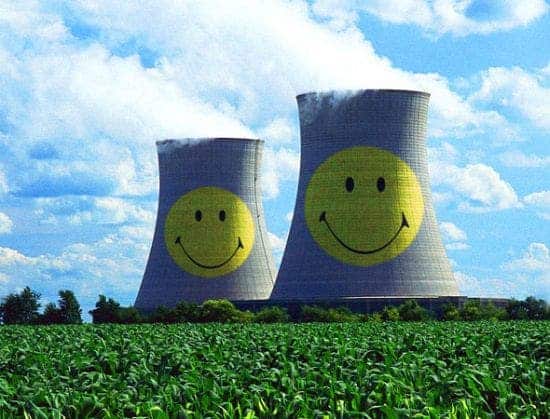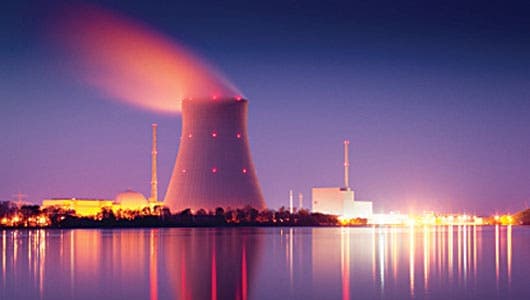Especially after the Fukushima events, nuclear energy has been painted black by most of the media, with everybody suddenly realizing just how dangerous and not really desirable it is. But a recent report conducted by NASA showed that as a matter of fact, nuclear energy leads to substantially fewer pollution-related deaths and greenhouse gas emissions compared with fossil-fuel sources.
Even 2 years ago, we told you to stop throwing rocks at nuclear energy, and think instead of blindly following what the media tells you, because sadly, more often than not, they’re slightly misinformed – or worse. A nuclear power plant is 4000 times safer than coal plants, and this idea was confirmed by NASA.
Nuclear energy has prevented some 1.8 million air pollution-related deaths globally and could save millions of more lives in coming decades, concludes a study. Hopefully, policy makers will rely on this estimates and expand nuclear power in place of fossil fuels to mitigate climate change, the authors say.
“I was very disturbed by all the negative and in many cases unfounded hysteria regarding nuclear power after the Fukushima accident,” says report coauthor Pushker A. Kharecha, a climate scientist at NASA’s Goddard Institute for Space Studies, in New York.
Working with Goddard’s James E. Hansen, Kharecha set out to explore the benefits of nuclear power. Specifically, they wanted to see just how well nuclear energy fares in terms of saving lives, compared to fossil fuels. They were pretty surprised to see no broad studies on preventable deaths that could be attributed to nuclear power’s pollution savings. Using whatever date he could find, he took into consideration things like chronic bronchitis among coal miners and air pollution-related conditions among the public, including lung cancer.
They combined this information with historical energy generation data to estimate just how many deaths would have been caused if fossil-fuel burning was used instead of nuclear power generation from 1971 to 2009. The result they came to was 1.8 million. But what if it was all nuclear energy and no coal? The number goes to 5,000 or so deaths, such as cancer deaths from radiation fallout and worker accidents. So basically, almost 1.8 million lives were saved because nuclear energy was used instead of coal.
What about the future? If their models are correct, if all nuclear energy today was replaced by coal, an additional 7 million lives would be lost, mostly through pollution; the environmental damage would also be much, much more significant. If it were natural gas instead of coal, some 400.000 lives would be lost. In terms of emissions, there’s no point in even comparing the two. If coal or natural gas would have been used from 1971 to 2009, the equivalent of an additional 64 gigatons of carbon would have reached the atmosphere. If that were to happen tomorrow, we’d be looking at 240 gigatons of additional carbon by 2050.
Of course, the matter is so hardly polarized that nuclear energy critics will do their best to refute these claims (from what I see, they are very ardent at refuting numbers at all), but the conclusion here is easy to draw: nuclear energy saves lives and fights pollution in the long run, as long as coal and natural gas are the only viable alternatives.











